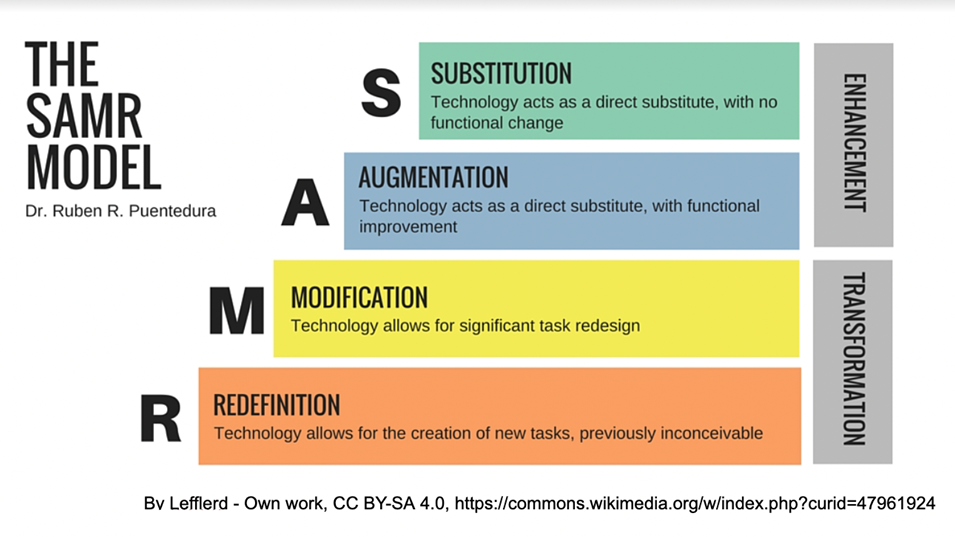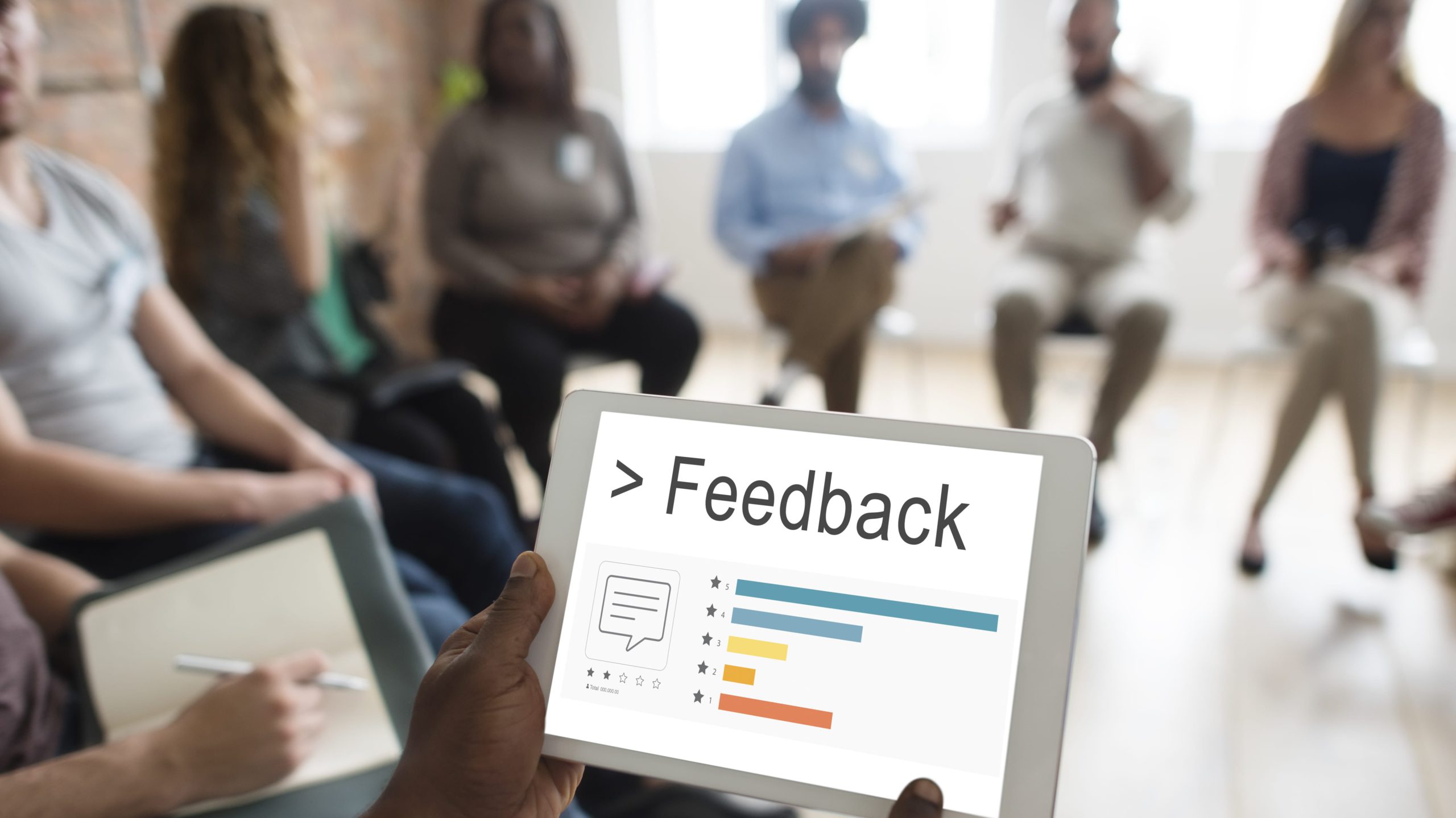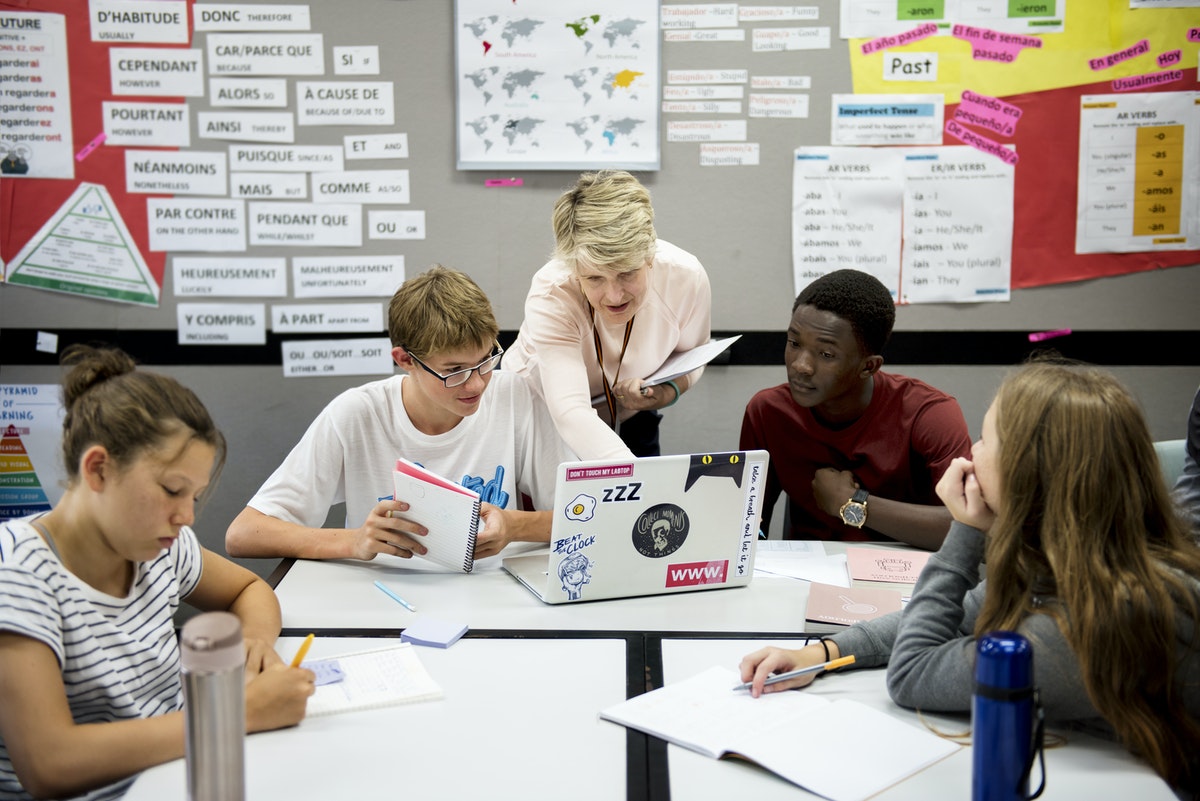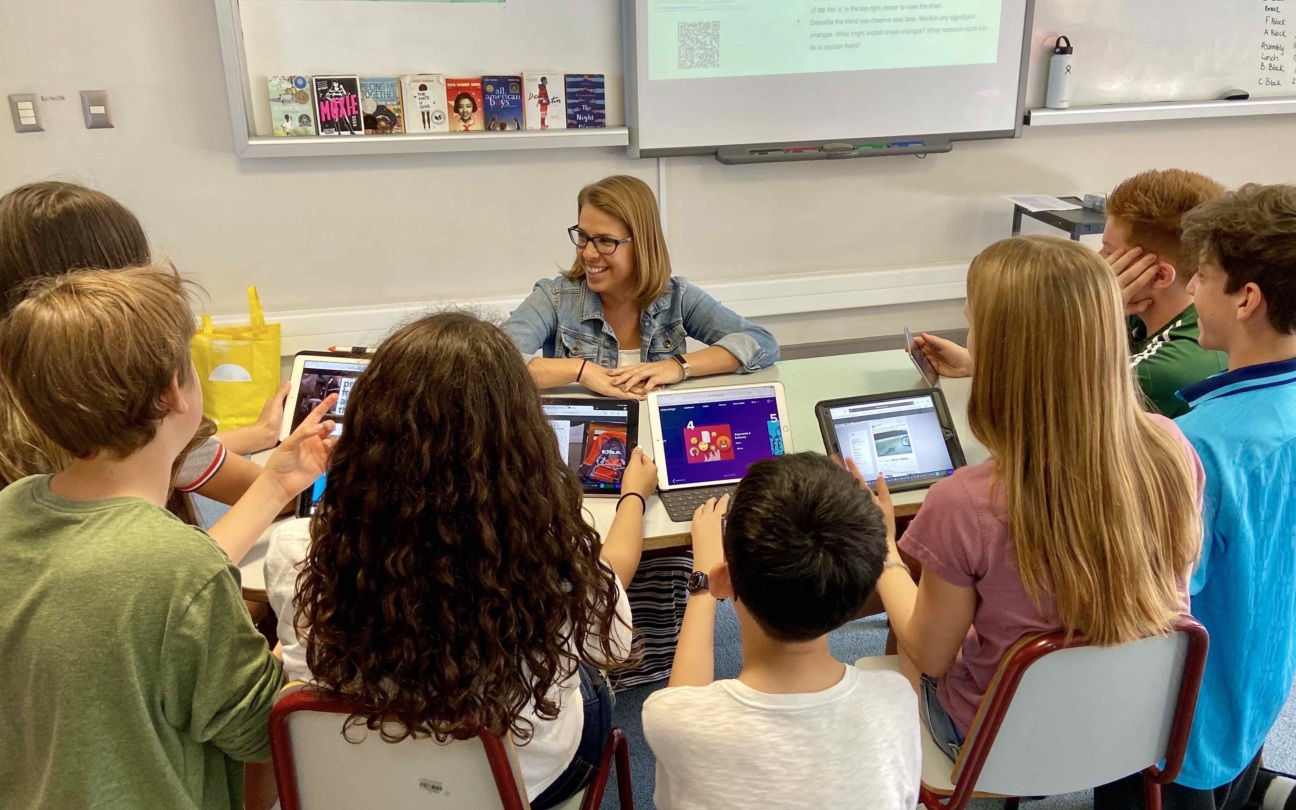The classroom is no longer confined to four walls and a dry erase board. Instead, it’s alive with interactive whiteboards, students collaborating on tablets, and teachers using real-time data to tailor lessons to each student. Educational technology is at the heart of this revolution, reshaping how we teach, learn, and connect. But what exactly is educational technology, and why is it now considered essential in schools and universities around the world?
What is Educational Technology?
Educational technology, often called EdTech, is the purposeful use of digital tools, platforms, and resources to enhance teaching and learning. This field brings together hardware, software, and educational theory to create new opportunities for students and educators alike. Whether it’s a simple classroom app, a complex learning management system, or immersive virtual field trips, educational technology is about using innovation to improve student learning outcomes and make learning more accessible for all.
At its core, educational technology is about thoughtfully integrating technology to support learning goals, streamline instruction, and open new pathways for student engagement. The best educational technology solutions are those that empower teachers and students, making the learning process more personalized and effective.

Why Embracing EdTech is Vital in Modern Educational Environments
Why has educational technology become such a critical part of modern education? For starters, today’s students are digital natives. They grow up surrounded by technology, and their expectations for how they learn have shifted accordingly. Educational technology meets students where they are, offering interactive, multimedia-rich experiences that capture attention and foster learning retention.
But the importance of educational technology goes deeper than simply enhancing classroom experiences. EdTech is a powerful equalizer, helping close opportunity gaps and ensuring all students, regardless of background, have access to the tools and knowledge they need to succeed. As the digital pace of change accelerates, educational technology enables schools to remain flexible and responsive, adapting to new challenges and opportunities as they arise.
Most importantly, embracing EdTech is an investment in the future. By integrating technology into everyday learning, schools are not only teaching academic content—they are cultivating digital citizens equipped with the critical thinking, creativity, and adaptability needed to thrive in a tech-centric workforce.
Benefits of Educational Technology
Educational technology offers a wide range of advantages that can transform both the teaching and learning process. Below, we explore some of the most significant benefits that EdTech brings to the classroom and beyond.
Spark Student Engagement
Educational technology makes learning interactive and exciting. Gamified lessons, multimedia content, and real-time quizzes turn every student and teacher into active participants. When students are engaged, they’re more likely to retain information and develop a genuine love for learning.

Empower Personalized Learning
No two students learn exactly the same way. Educational technology allows teachers to tailor lessons to individual needs, using adaptive software and data analytics to identify strengths and address gaps. This personalization ensures that every student can progress at their own pace and receive the support they need.
Unlock Global Resources
With educational technology, the world’s knowledge is just a click away. Students can access digital libraries, connect with experts across the globe, and explore cultures and ideas far beyond their local community. This global reach enriches the curriculum and broadens perspectives.
Boost Collaboration in Hybrid Classrooms
Whether students are in the same room or miles apart, educational technology removes distance barriers to collaboration in hybrid classrooms. Shared documents, discussion boards, and video conferencing tools enable students to work together on projects, exchange ideas, and build communication skills that are vital for future success. With tools like interactive whiteboards for the classroom, students and teachers can collaborate on a shared infinite canvas regardless of location.
Drive Data-Informed Teaching
Educational technology provides teachers with powerful tools to track student progress, identify trends, and adjust instruction on the fly. Real-time data helps educators make informed decisions, ensuring that every lesson is as effective as possible and that student progress is always on track.
Enable Anytime, Anywhere Learning
Learning doesn’t have to stop when the bell rings. Educational technology supports flexible, on-demand access to lessons and resources, allowing students to learn at their own pace and on their own schedule. This flexibility is especially valuable for students with diverse needs or who may have missed class.
Popular EdTech Theories and Models
Understanding the theoretical foundations and models that guide educational technology can help educators make informed decisions about how to use technology most effectively. Here are some of the most influential frameworks shaping EdTech today.
SAMR Model
The SAMR Model (Substitution, Augmentation, Modification, Redefinition) guides educators in integrating technology into their teaching. At the basic level, technology substitutes traditional tools like digital worksheets instead of paper. As teachers move up the model, they use technology to modify and redefine tasks, creating learning experiences that were previously unimaginable.

TPACK Framework
The TPACK Framework (Technological Pedagogical Content Knowledge) emphasizes the intersection of technology, pedagogy, and subject matter expertise. It reminds educators that effective educational technology integration requires not just knowing the tools, but understanding how to use them to support specific learning goals.
Blended Learning
Blended learning combines face-to-face instruction with online school components, giving students more control over the pace and path of their learning. Educational technology makes this model possible, supporting a mix of in-person and digital experiences that cater to diverse learning preferences.
Flipped Classrooms
In a flipped classroom, students engage with instructional content (often delivered via educational technology) at home, then use classroom time for discussion, collaboration, and hands-on activities. This approach maximizes the value of in-person interactions and encourages deeper learning.
7 Best Practices for Implementing Educational Technology
Implementing educational technology successfully requires more than just purchasing the devices or software you intend to use. It’s about creating a thoughtful strategy that puts learning first, supports educators, and ensures all students benefit in a greater capacity due to the adopted technology. These best practices can guide schools and teachers as they bring EdTech into their classrooms.
1. Connect Technology Directly to Learning Goals
Start with the "why." The most effective educational technology is aligned with clear learning objectives. Before introducing a new tool or platform, ask how it will support student outcomes and fit into the broader curriculum.
2. Invest in Ongoing Teacher Tech Training
Teachers are at the heart of successful educational technology integration. Ongoing professional development ensures educators are confident and skilled in using new tech tools, leading to the best possible experiences for students.
3. Start Small, Then Scale Successful Initiatives
Pilot programs allow schools to test educational technology solutions on a small scale, gather feedback, and refine their approach before expanding. This measured rollout reduces risk and increases the likelihood of long-term success.
4. Foster Collaboration Among Students and Teachers
Educational technology thrives when it’s used to connect people. Encourage students to work together on projects and provide opportunities for teachers to share best practices and support one another. A deeper level of interaction between teachers and students during learning experiences is a clear sign that EdTech is working.
5. Gather Feedback and Continuously Improve
The best educational technology strategies are flexible and responsive. Regularly seek input from students, teachers, and families, and use that feedback to refine tools, policies, and practices. EdTech offers an unprecedented level of access to student learning data that can be leveraged to improve every stage of the education process.

6. Ensure Equity and Accessibility for All Learners
Equitable access is essential. Bridging the digital divide requires coordinated efforts from schools, communities, and policymakers to ensure every student has reliable devices, internet connectivity, and appropriate accommodations for disabilities. Only with this collective commitment can all learners fully benefit from educational technology.
7. Champion Digital Citizenship and Online Responsibility
Teaching students how to use technology responsibly is just as important as teaching them how to use it effectively. Educational technology programs should include lessons on digital citizenship, privacy, and online safety.
Common Types of EdTech in the Classroom
With a strong strategy in place, it’s important to understand the range of educational technologies available for classroom use. Today’s classrooms are equipped with a variety of EdTech tools that make teaching more interactive, efficient, and personalized. Here are some of the most common types:
-
Document Cameras and Digital Projectors – Enhance demonstrations and visual learning by projecting documents, experiments, and student work for the whole class to see.
-
Interactive Whiteboards – A more modern and powerful upgrade to traditional document cameras and digital projectors. They transform traditional lessons into dynamic, collaborative experiences by allowing teachers and students to write, draw, and interact with digital content together in real time.
-
Tablets and Laptops – Provide students with personal access to digital resources, educational apps, and multimedia content, supporting both independent and group learning.
-
Learning Management Systems (LMS) – Centralize assignments, resources, grades, and communication, making it easier for teachers to organize instruction and for students to access materials anytime.
-
Classroom Apps and Software – Offer tools for quizzes, polls, interactive lessons, and gamified learning, boosting student engagement and enabling instant feedback.
-
Video Conferencing Tools – Facilitate virtual lessons, guest speakers, and collaboration with peers from other locations, supporting hybrid and remote learning environments.
-
Adaptive Learning Platforms – Use data analytics to personalize instruction, allowing students to learn at their own pace and receive targeted support based on their progress.
By integrating these technologies, classrooms become more engaging and accessible, helping students develop the digital skills they need for the future while supporting teachers in delivering effective, innovative instruction.
Centralize EdTech with the Vibe Board S1
Bringing together multiple educational technology tools into a single, streamlined platform can simplify classroom management and amplify learning. The Vibe Board S1 does just that, offering interactive display capabilities, seamless device integration, and real-time collaboration features.
With compatibility for over 200 software applications—including popular education tools and leading learning management systems—the Vibe Board integrates the apps educators already rely on, all in one place. This centralization helps spark student engagement through interactive lessons, empowers personalized learning with adaptive tools, and unlocks global resources for every classroom. Its collaborative features make hybrid learning seamless, while built-in analytics drive data-informed teaching. By enabling anytime, anywhere access to resources, the Vibe Board S1 ensures both teachers and students enjoy a cohesive, flexible, and future-ready learning environment.
Educational Technology FAQs
What is the main role of educational technology?
The main role of educational technology is to enhance teaching and learning by integrating digital tools and resources into the educational process. It supports personalized instruction, increases engagement, and provides access to a wealth of information and experiences that would be impossible in a traditional classroom alone.
What qualifies as EdTech?
EdTech encompasses a wide range of tools and platforms, from basic classroom apps and interactive whiteboards for classrooms to advanced learning management systems, virtual field trips, and AI-powered tutoring programs. Any technology designed to support or improve education can be considered educational technology.
Are there challenges to implementing technology in the classroom?
Yes, implementing technology in the classroom comes with challenges. Common hurdles include ensuring equitable access for all students, providing adequate teacher training, addressing privacy and security concerns, and selecting tools that truly enhance learning rather than distract from it. Overcoming these challenges requires thoughtful planning, ongoing support, and a commitment to continuous improvement.








-1sbltxxq4FYxHrXrwJVLsCDNsXpqNa.webp)
-5Zp0pmSytvcuYDVs1LvuwplKuRneK0.webp)
